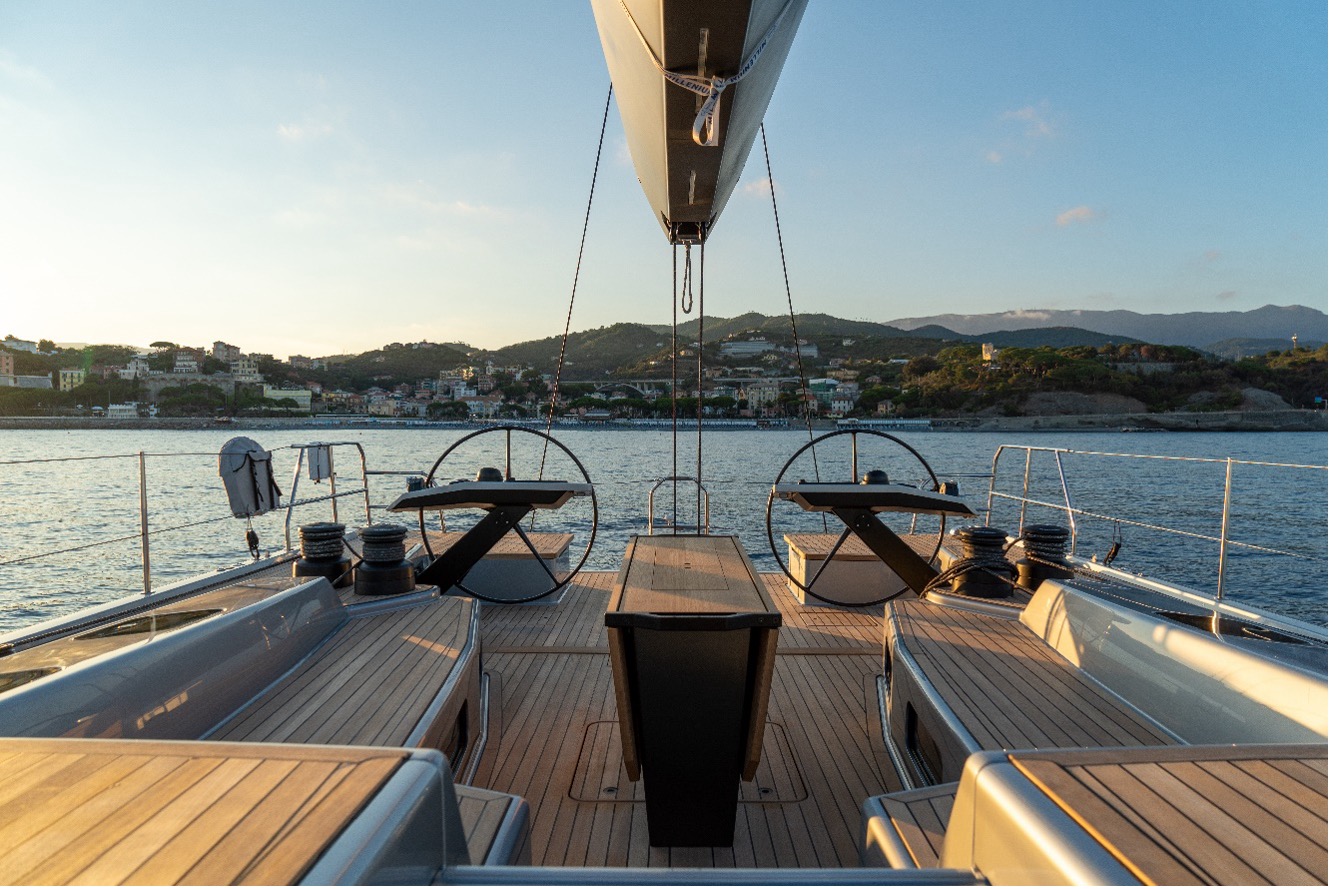Leggi l’articolo in italiano
Time of cruises is approaching and with it a long list of controls and small maintenance works, especially if we were lazy in winter. They are waiting for us like a wedding promise: “you’ll be mine for all the next weekends, from today to your holidays”.
But some maintenance works can be faced with pleasure and they can be a good opportunity to explore our boat. In the next few days we’ll consider the different areas of intervention. Today, we start with sailors’ pet peeve,the engine.
Diesel engines need only few but essential things. First of all, a weekly check of oil is fundamental for eventual refills, which must be always made with the same oil or with an oil with the same features indicated on the service manual.
Oil change must be generally made, unless otherwise specified by the builder, every 150 hours of operation, together with a oil filter change. When? The ideal moment is before winter, when the boat maybe will stay still for a long time. However, if we haven’t already done it, now it’s time to do it.
Since the engine compartment is open, let’s not forget (as it often happens) the oil in the S-Drive’s foot. It is provided with a bar very similar to the engine oil control’s one but shorter. Theoretically, this oil doesn’t exhaust. However, if we notice a decrease, there is maybe a loss; on the contrary, if it has a yellowish coloration, it is probably emusifying itself, that is there is a water infiltration. In this case, we must understand the reasons of the problem immediately, maybe with the help of a mechanic.
Little money to be safe. It is the cost of an engine impeller which inserts sea water in the cooling circuit. It is particularly subject to wear. If it gets burned, it stops to work and it can provoke some serious problems. So, regardless of its wear, it’s good to change it every year at the beginning of the season. If engine has been used a little, this is a further reason to replace it because the hardering of the unused rubber can accelerate wear when the engine starts to work. Moreover it is one of the main spare parts to keep aboard, like belt and filters.
We need to check the engine belt, too. If it has some unravellings or it slides, it’s time to replace it. Generally, it should be changed every 2 years. If everything is ok, we must check its tension. We only have to apply a gentle digital pressure on the central part of it and be sure that it lowers of about 10 mm. If it’s too loose, it risks to get damaged; on the contrary, an excessive tension could damage alternator or pump sheaves.
Then, it’s the turn of the diesel filter, usually accompanied by a beaker. In addition to the seasonal control, we must check and clean the beaker frequently and change the inner cartridge once a year, at least.
Closely linked to the engine’s life is batteries’ quality and efficiency. If we have abandoned them for all winter, we might expect some bad suprises. In any case, we must often check (even once a week) the distilled water level. Please remember that the average life of batteries is 3-5 years. We also have to clean their external shell and contacts.
Sealed batteries, which don’t need any maintenance works, really need no interventions if we have used them properly, with no wrong charges and the consequent premature exhaustion of their inner liquid. Their average life (if properly used) is 3-5 years.
It’s all for today. In the next few days, we’ll talk about deck equipments.

























